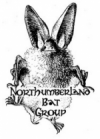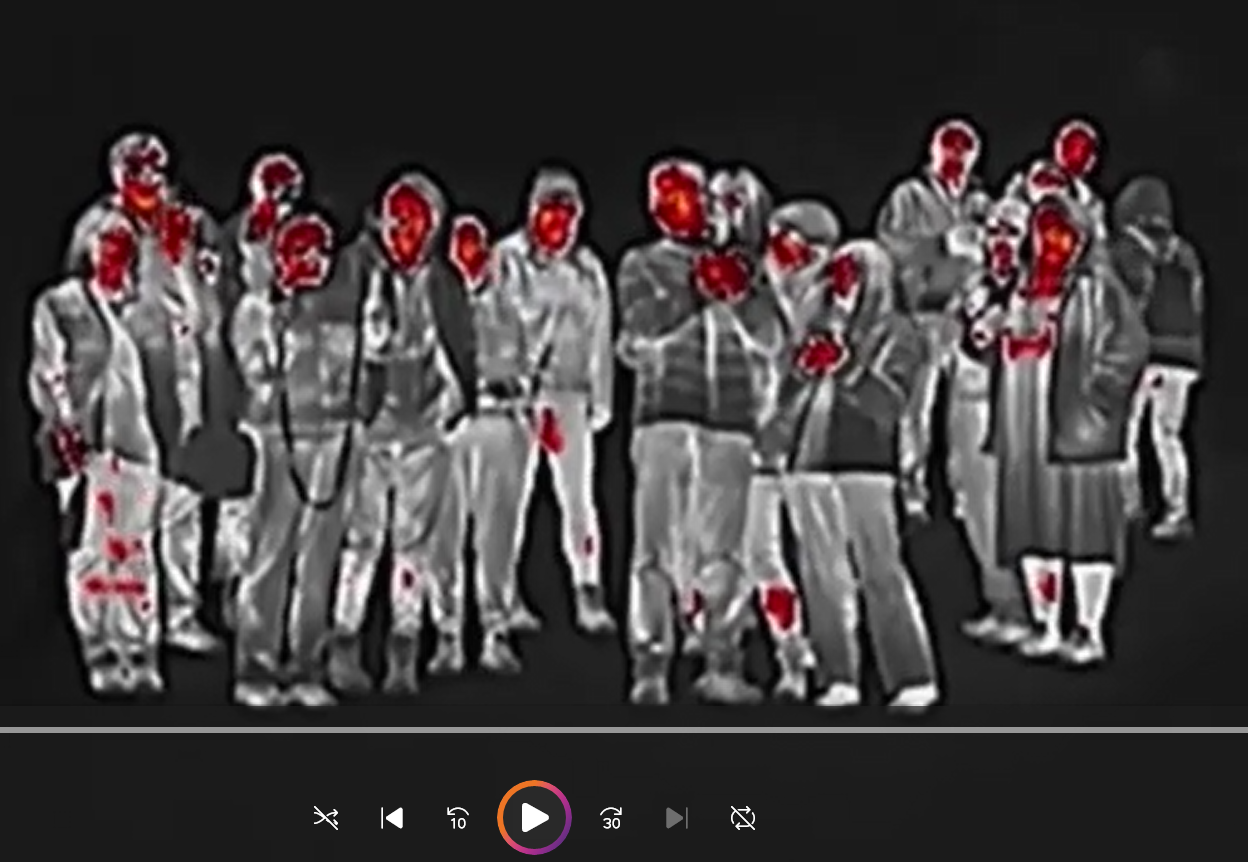It has certainly been a busy year for bat walks, none cancelled due to weather, but some almost were due to rain showers and high winds and one walk took place indoors. The walk calendar started in April this year, as an experiment to see if we could have just as much fun as those that are usually undertaken in the warmth of August an early September. Read on to find out how the walks went…..
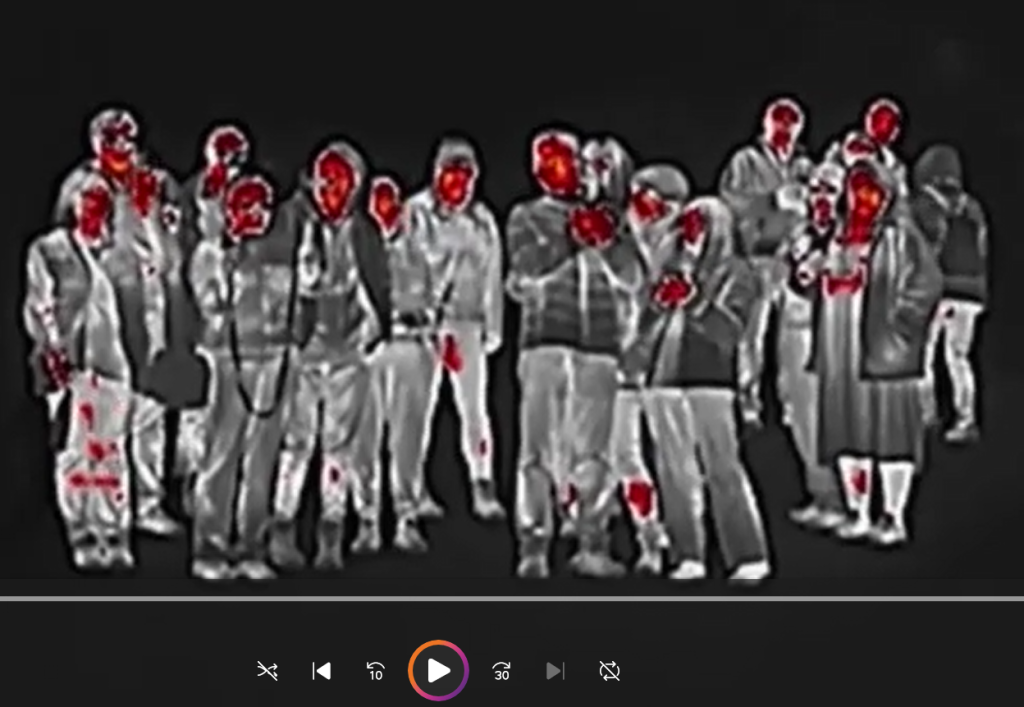
First walk was undertaken following the AGM on the 27th April at Prudhoe Riverside Park. And there were bats out foraging! It wasn’t very warm, but the hardy northern bats were there, foraging around the trees, mostly common and soprano pipistrelles.
The next walk was on Wednesday 3rd May at Leazes Park in Newcastle. It was a warm, but windy night. Only two people turned up, but wow, did the bats put a good show on. We found a sheltered hedge between the town moor and and the park, where we spent about 20 minutes being buzzed by feeding bats. Some coming within 10 cm of our heads as they foraged on by! We all agreed that we had definitely experienced something we would always remember 🙂
The next bat walk was undertaken at Ovington, a new location for me. There was a really good showing with about 20 people turning up. We met quite early on, so I gave a talk about the detectors we would be using, and the bats that I hoped that we would hear on the detectors. We then started to walk….. and the bats hid. I think we only managed to hear about 6 bats on the whole walk. Maybe they were having a party else where, just not in Ovington. Ah well, we all had a fun evening, and it was nice to be in a new place and hopefully enthuse people about bats.
The Hexham Riverside walk in was held on the 16th May. Last year (2022) this walk was a wash out, with rain so heavy nothing was flying. This year, the number of bats more than made up for the previous year.
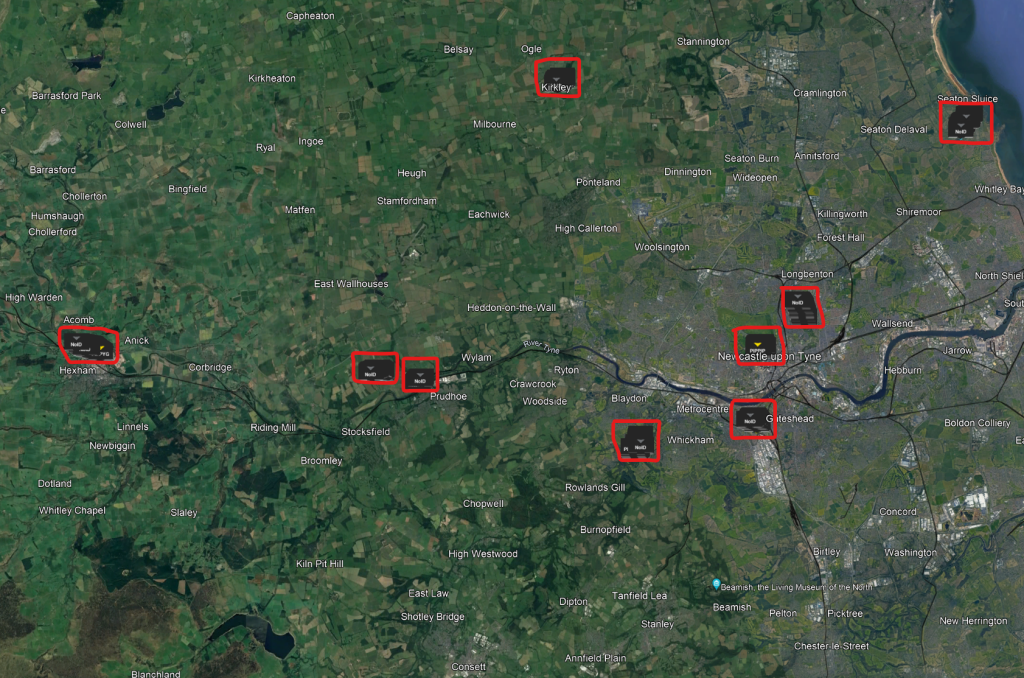
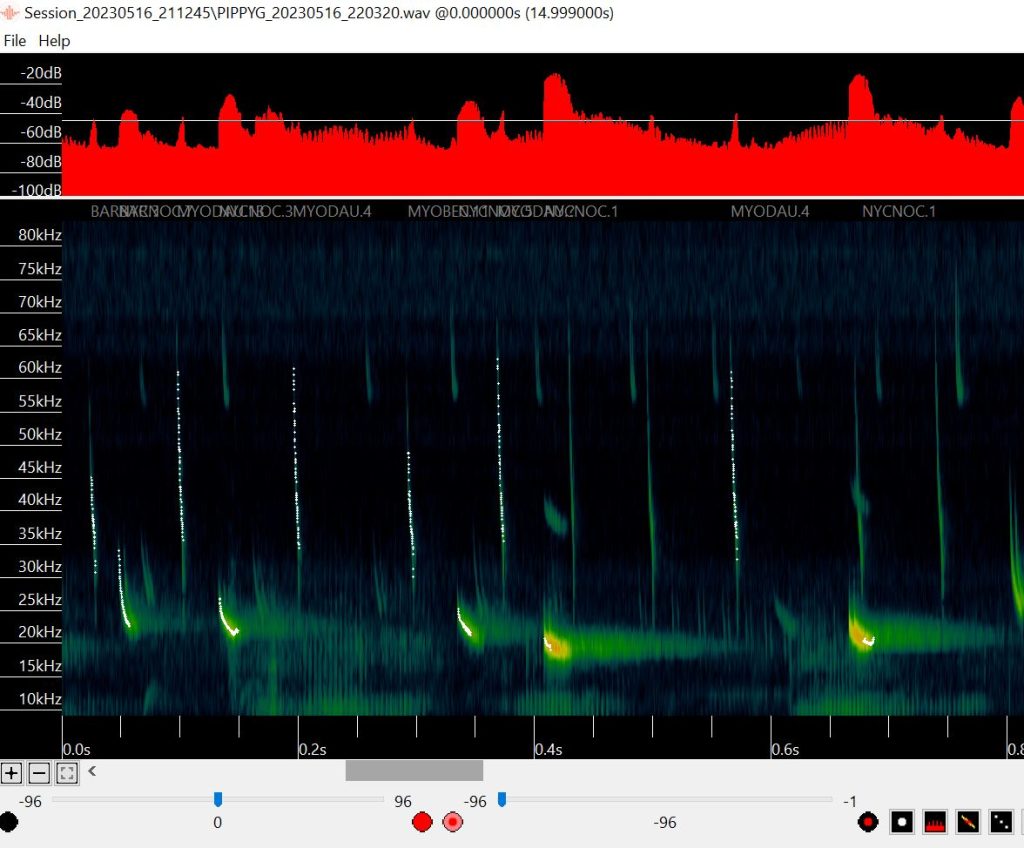
We walked out across the golf course, where we heard and saw noctule bats, circling over head. They were soon joined by common and soprano pipistrelles. The cacophony of noises was quite amazing at times. I was using a device that recorded the bat sounds, on analysis my sonogrammes were showing three sometimes four species in one recording.
As soon as we walked towards the river we were aware of a change in the sounds we were hearing. Much more rapid and try “ticking or crackling” sounds. The myotis bats were here; most likely Daubenton’s bats, as we were overlooking the river Tyne. The Daubie (as they are known) are generally associated with foraging over water. As we stood on the beach, we were aware of bats flying so close to us, swooping around our heads, again something wonderful to see. Daubenton’s bats over the water, pipistrelle bats in the mid layer, then noctule bats foraging high over head!
After a break for the summer solstice, when sunset was just too late to conduct a walk at a civilised time, we restarted the series with a walk at Holywell Dene. Again a new location for me, but a walk that was organised by the Friends of Holywell Dene. We all met up in the carpark, along with a lepidopterist too, so it was an evening of learning for all of us. I can even appreciate moths too now (not just bat food!). The dene is really great for bats, with open areas, a stream, mature woodland. Not as many bats out as we had anticipated, but more than enough to give a good show. Lots of common and soprano pipistrelle, a few myotis, and one show from a noctule bat. The moths, they were another story, so many species to learn – far out number the bat species that we have up north.
The sixth bat walk of 2023 was in Jesmond Dene. Always a popular location with 23 people attending, aged between 7 and 85. We even had two accompanying dogs. As usual the bats put on a very good show, even coming out to play during the introductory talk at pets corner, and distracting us all.
We have a bit of a set route to walk on this one, but it always delivers, with the old stone bridges over the Ouseburn being a focal point for activity. The usual suspects here are soprano pipistrelle and Daubenton’s bats. Latterly when I analysed the sound recordings I did find that a noctule bat had flown over head too, but I think with all the talking and laughing going on, we managed to miss it.
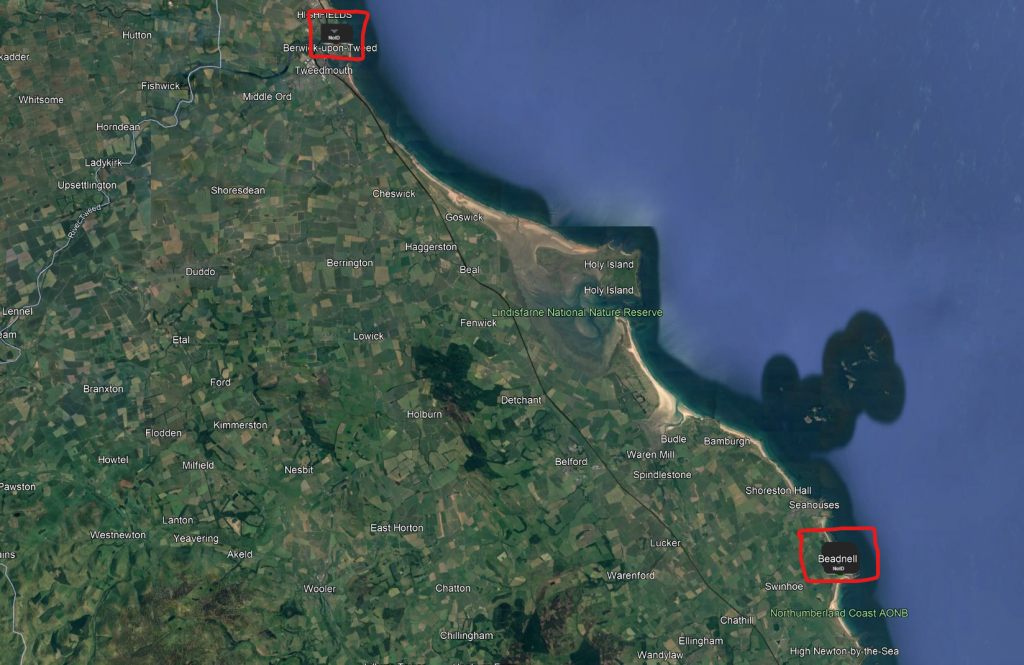
August came round too quickly, but at least this year it was a bit warmer, and less windy for the Berwick bat walk. Organised with a couple of groups (wildlife and church), this walk was very well attended this year. While we stood in the grounds of Holy Trinity Church we saw bats by the dozen, all pipistrelles flying around foraging at head height and above. As soon as we left the church yard to walk around the city walls however, activity dropped right off. One day we will find where the party of bats moves on to – maybe next year!
The next walk was at Team Valley in Gateshead. Storm dodging, we managed to walk for an hour between downpours. Good show of people and bats – the kids were great, they ran around the park, disturbing insects and the bats followed them around foraging. Kept us all greatly entertained. 🙂
The next venue was the Land of Oak and iron near to Winlaton Mill. This is a great venue for a walk, with parking, a small amphitheatre to give the bat walk talk, then easy to walk paths that go through open, forested, river, tunnel and ponded habitats. Variation in habitats is always good for finding different bat species.
Three bat walks were held here, 16 and 29th August, then for the scouts on the 4th October. Each visit saw us find noctule, pipistrelle (common and soprano) and Daubenton’s bats too over the water. On the first walk, we even saw five Daubentons foraging simultaneously over the pasture and woodland. Other finds included a frog, a rabbit and a tawney owl. Lots of cyclists, dog walkers and runners pass us as we walk, generally wondering what on earth are we all doing!
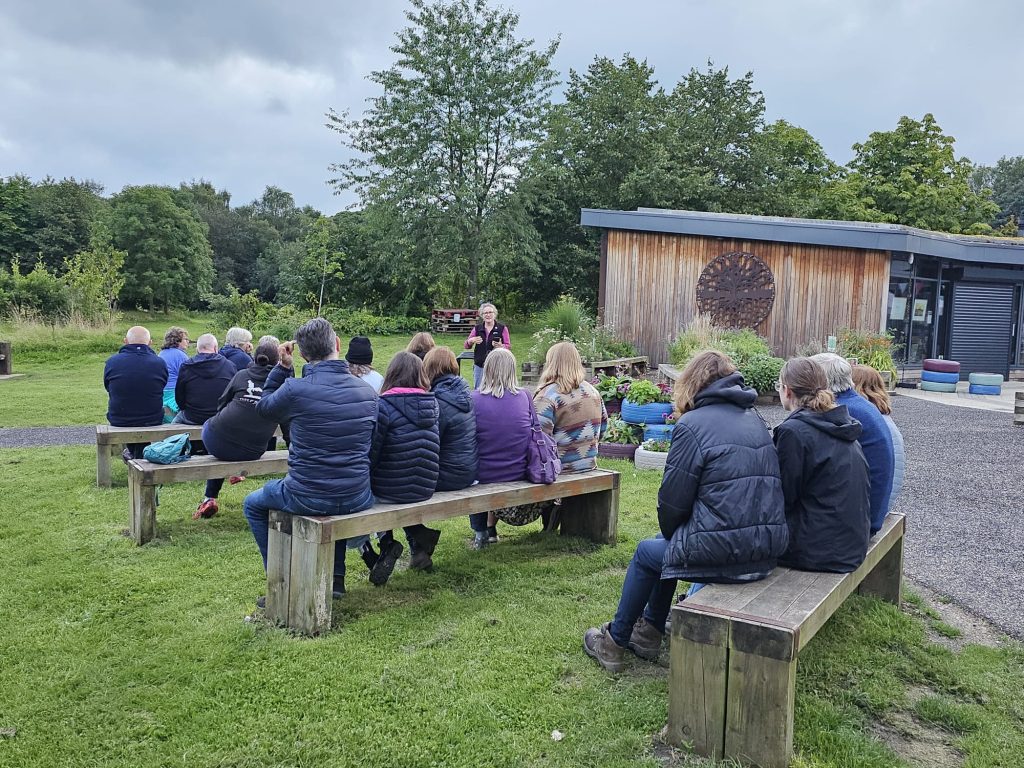
The 2nd September bat walk, was held up at Beadnell on a beautiful summer evening. it was really nice wondering around in the warmth of the late summer. The open fields to the west of Beadnell didn’t disappoint with noctule calls being heard, and individuals sighted. We then found quite a lot of pipistrelles foraging in and around the houses. Due the the easterly breeze which descended as the sun set, we found only a single bat foraging over the beach. This was a good venue for a walk, hopefully we can repeat in 2024.
The next walk was held a Kirkley hall, as the fog descended… great grounds, lovely wall garden and I a sure there are roosts in the hall. But despite our best efforts, we only heard a few bats flying that night – there is always next year.
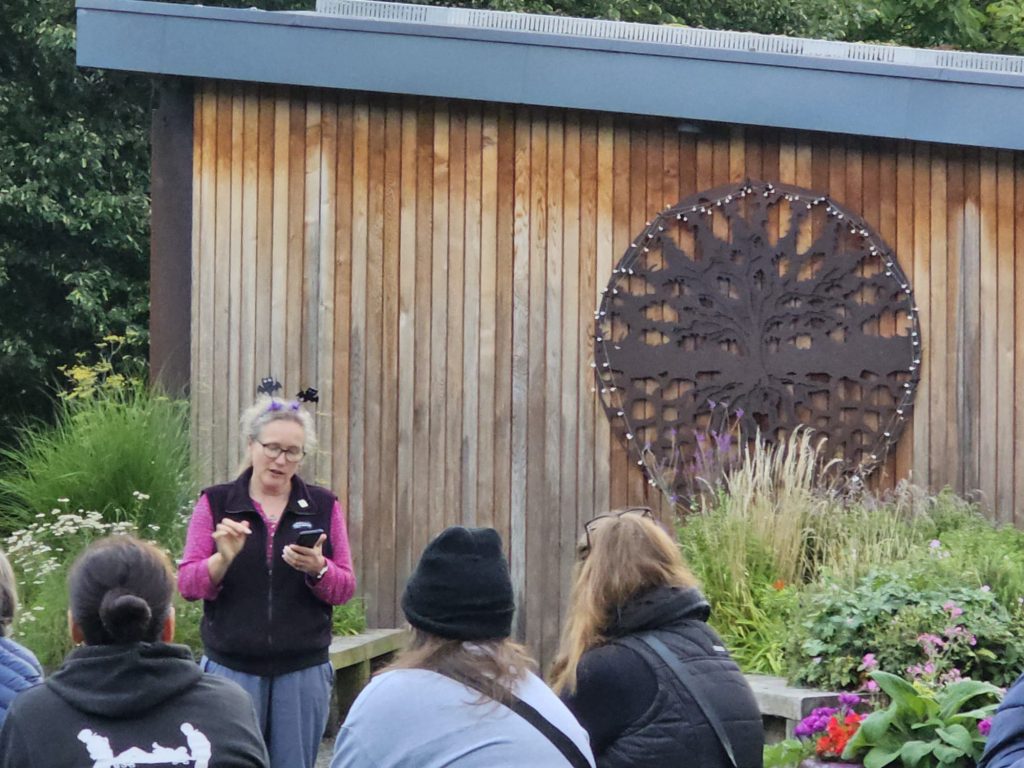
And there you have it, the 2023 summary. Only one walk was affected by the weather (11th September) but we had an indoor space so we stayed in the dry, while a talk on bats was presented, linking ultrasound properties to radar. We also had a play with the bat detectors inside. Its amazing the sounds that electronic devices give off.
Thinking of electronic devices, here is a short piece of footage that Graeme took on the Land of Oak and Iron bat walk, it shows us in the old railway line underpass watching pipistrelles (white blobs above us darting around); followed by the Daubenton’s bats foraging over the water in their usual agile fashion.
A big thank you to everyone that made 2023 such an enjoyable year for bat walks. Here’s to a busy and fun series of walks in 2024.
Share this post!
